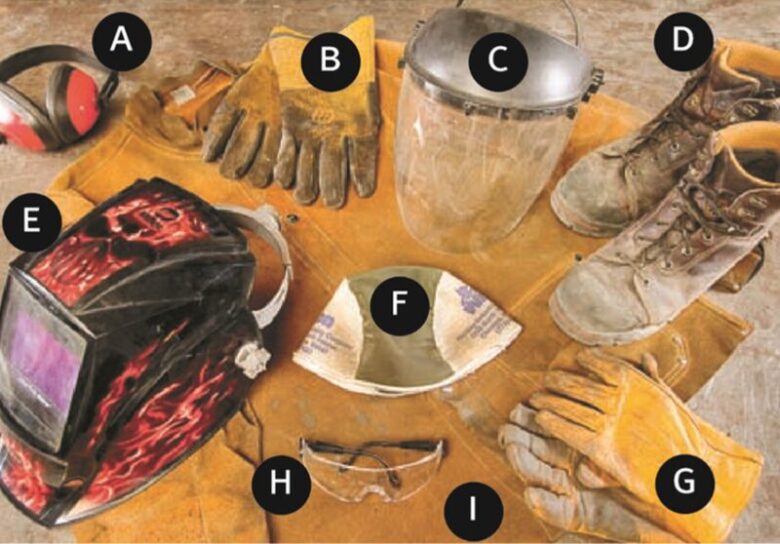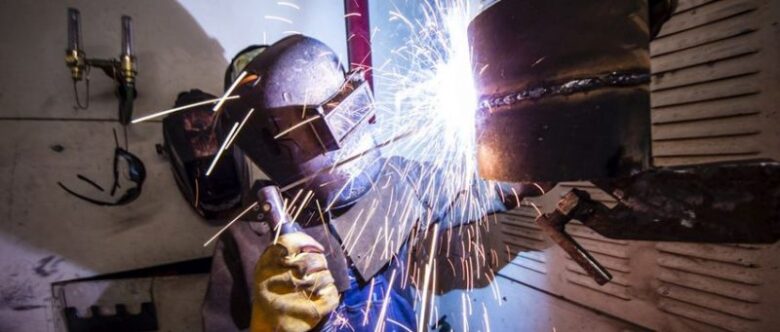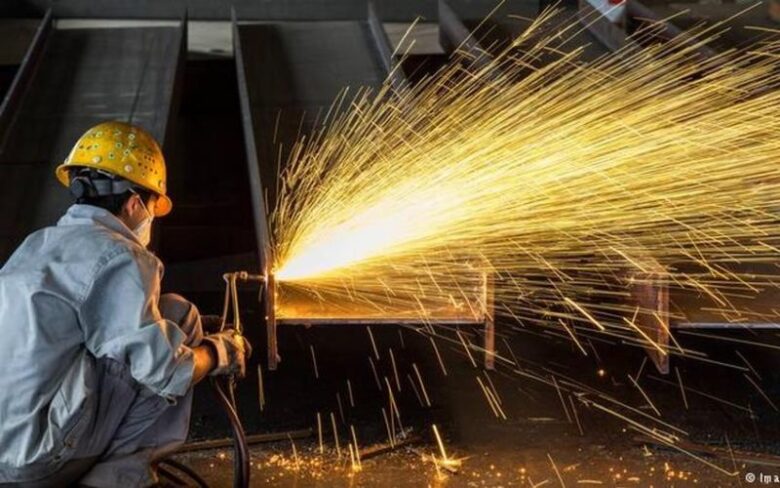Welding is a beneficial skill to have, but without the proper equipment and conditions, it can be hazardous. We’ve put together a list of welding safety essentials to ensure you have everything you need to keep you safe on the job.
Invest in a good quality Welding helmet
It is a safety essential. The helmet prevents a condition called arc eye where the cornea of the eye becomes inflamed. This helmet protects your retina from getting burned, which can cause temporary blindness. Both these conditions are as a result of exposure to highly concentrated infrared and UV rays that come from the welding arc.

Also, this helmet protects your skin from flash burns, sparks and heat.
These days, welding helmets come in various forms. To increase productivity, look for a helmet that has an auto-darkening feature as this eliminates the need for adjustments and “nodding”. Also, ensure the helmet meets the required national standards, has excellent optical quality and a large viewing area.
Other Personal Protective Equipment (PPE)

As well as a good helmet you’ll also need good quality PPE such as:
- Hearing protection – consider the type of helmet you have and which hearing protection would suit you best. Earplugs may be a more suitable option over earmuffs.
- Welding Gloves – not only to protect your hands from heat and sparks but also to protect them from sharp objects.
- Steel toe boots – to protect your feet from heat, sparks, falling objects and slippery surfaces.
- Welding jacket – which protects your arms and body from heat and sparks.
Ensure your work area is well ventilated
Welding can produce toxic fumes. There are dangerous health risks to overexposure of the fumes. Aside from minor symptoms like dizziness; nausea; and nose, throat, and eye irritations, overexposure to the fumes and gases can result in lung damage, stomach ulcers, damage to the nervous system and kidney damage. To prevent damage to your health from exposure to these fumes, you should always weld outside or in a well-ventilated room, preferably with local ventilation.
Keep your work area free from hazards

The heat and sparks from the welding arc can reach up to 10 meters. Ensure your entire work area is free from any flammable materials such as petrol, oil, wood, cardboard and paper. These items cannot be removed, ensure they are covered with a piece of sheet metal or fire-resistant blanket.
Be aware of your surroundings and know where exits and fire extinguishers are located. Once you’ve finished welding, it’s a good idea to stay in the area for around 30 minutes to ensure there are no smoldering fires.
Be Careful Handling Scrap Metal

If you’re working with scrap metal, be careful handling these materials with your bare hands. The metal may have sharp edges and are most likely rusty and dirty, which can cause cuts and scratches to become infected. Always wear gloves when working with any metals.
As we mentioned, welding is an invaluable skill to have, and with general common sense and the right safety equipment, it can be a very safe skill to carry out.
You can check out welding.com.au for some great tips on welding, and the safety aspects involved.



